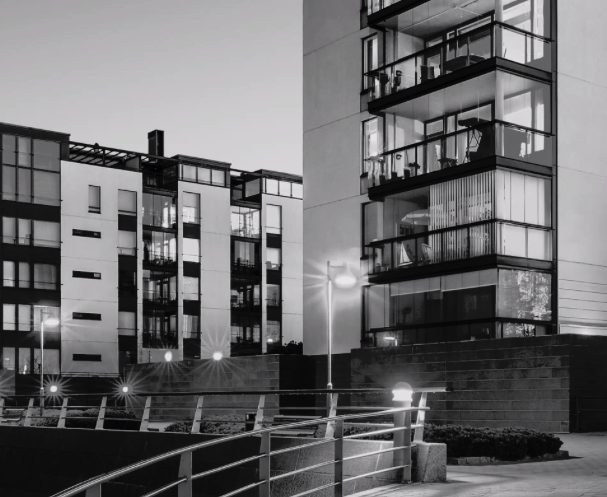Four years ago, SOLiD started the MIDDLEPRISE discussion. Three years ago, the wireless industry joined the conversation and today the MIDDLEPRISE is starting to talk MIDDLEPRISE. However, is it the same MIDDLEPRISE market as three years ago? Maybe. Everyone I talk with questions the early MIDDLEPRISE size estimates. Nobody thinks it’s not still huge, but they feel it is less than initially proposed. But why? I’m sure if you asked 100 wireless insiders, to define the MIDDLEPRISE, you would get pretty much the same answer, “ … commercial properties between 100K and 500K sqft that make up a billion-dollar IBW market” , along with some additional qualifiers like “ … where the building owner pays for the network or where a building’s tenants are not happy that their cellphones don’t work” and while this is accurate the MIDDLEPRISE is a bit more complicated and it’s the complicated stuff that seems to shrink the market.
MIDDLEPRISE Size
The size of the MIDDLEPRISE, and the IBW opportunity, is driven by fluctuations in the current leasable sqft inventory along with typical 3-10 year lease cycles. Both have a big impact on sizing the IBW market and overall, they reduce market size because at any given time there is a rather small subset of the market where negotiations and financial considerations can be addressed by lease terms. The use case and pitch for an IBW cellular network must align with a property’s lease cycles and market demand for leasable space. Once a lease is signed and the tenant improvement budget set, the opportunity for an IBW network has passed for both the building owner and the tenant, that is until the lease is up for negation. Also keep in mind that multi-tenant buildings have staggered, if not seemingly random lease turnover cycles. Additionally, IBW cellular connectivity is a positive differentiator for every building or property, however, if the occupancy rate is high and the available inventory is low, IBW becomes less of a value-add factor and much lower on the buildings to do list if at all. While the total available market is large, the serviceable market, on any given day, is rather small. The good news for the MIDDLEPRISE is that new construction, including renovations, is impacted less by both drivers. New construction is also where the commercial real estate industry is talking MIDDLEPRISE, but chances are they are talking about a lot of other technology and less about cellular connectivity and capacity.
CRE Property Technology
Commercial construction projects are accelerating CRE’s adoption of technology. CRE market leaders are talking and acting on smart building programs, building automation, IoT solutions, and the emergence of enhanced tenant experience and adaptive environments, which, by-the-way, all need a network to function. The MIDDLEPRISE discussion, with a property owner is probably more property technology and tenant experience focused than cellular connectivity. Making the market even more complex is a wireless market talking about 5G, CBRS and millimeter wave … topics that don’t directly address the CRE market’s agenda. The MIDDLEPRISE has broaden in scope dramatically and subsequently is organically prioritizing technology adoption. I wonder where cellular connectivity ranks but I can’t help to think that all the talk of 5G is hindering the MIDDLEPRISE and while the promise of 5G, standardization of the RAN and other technologies provide a great vision of the future, they do nothing to address the 4G cellular problem in the MIDDLEPRISE.
The Elephants
Finally, the MIDDLEPRISE has and continues to deal with the elephant in the room. That is the simple fact that the signal source is owned by the wireless operator. It is their option to work with a building owner or others and by-in-large seem uninterested in most of the MIDDLEPRISE, engaging in only the most strategic venues to their support their own interests. Now couple this with the high cost of the BTS and the proprietary nature of the equipment OEMs and the size of the MIDDLEPRISE again takes another dip in size and puts the brakes on much of the market. There is a bit of light at the end of tunnel, the wireless industry is looking to leverage CBRS as an unlicensed inbuilding solution that would simplify the MNO participation a bit and the industry wide talk of an open RAN with standardization of the signal source is promising. I’m encouraged to see both the BTS OEMs and MNOs participating in industry wide alliances and forums and hope it is to advance rather than impede the effort.
The MIDDLEPRISE is not going away, but it is going to be rolling out a lot differently than our industry’s freshman analysis.
Up next will look a bit deeper into the open RAN efforts and how standardization never fails to jumpstart a stalled telecom opportunity.
